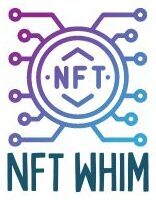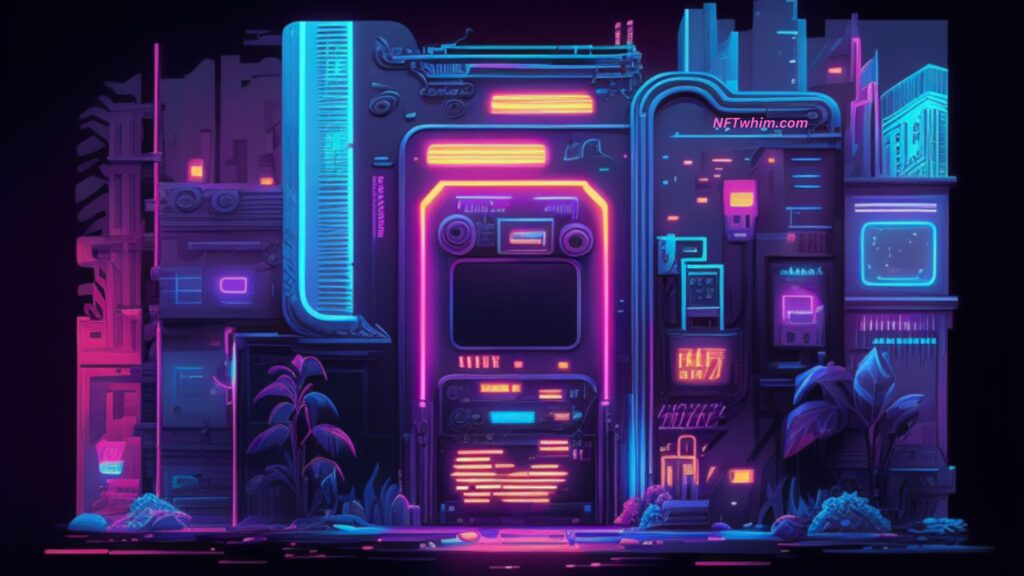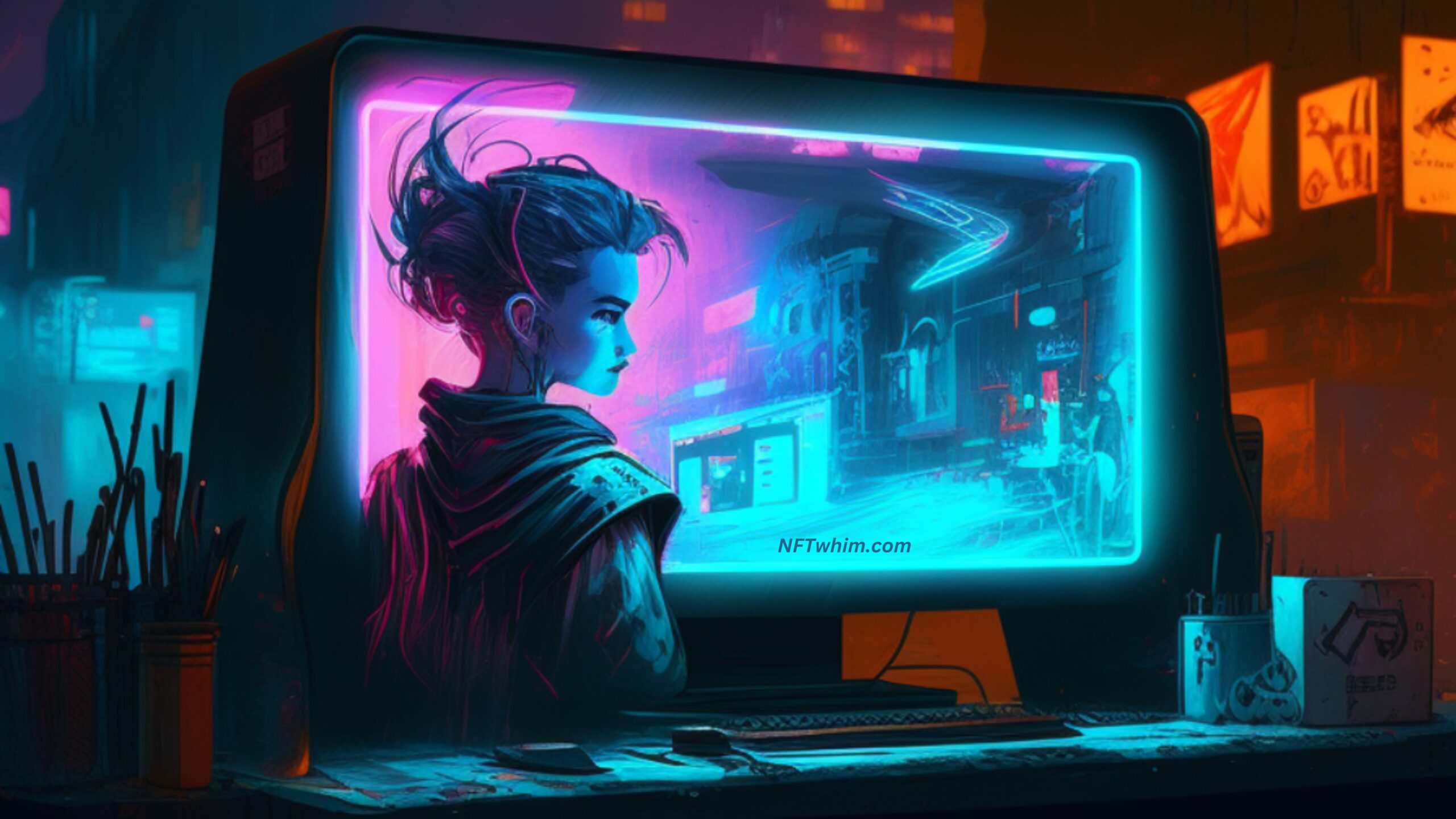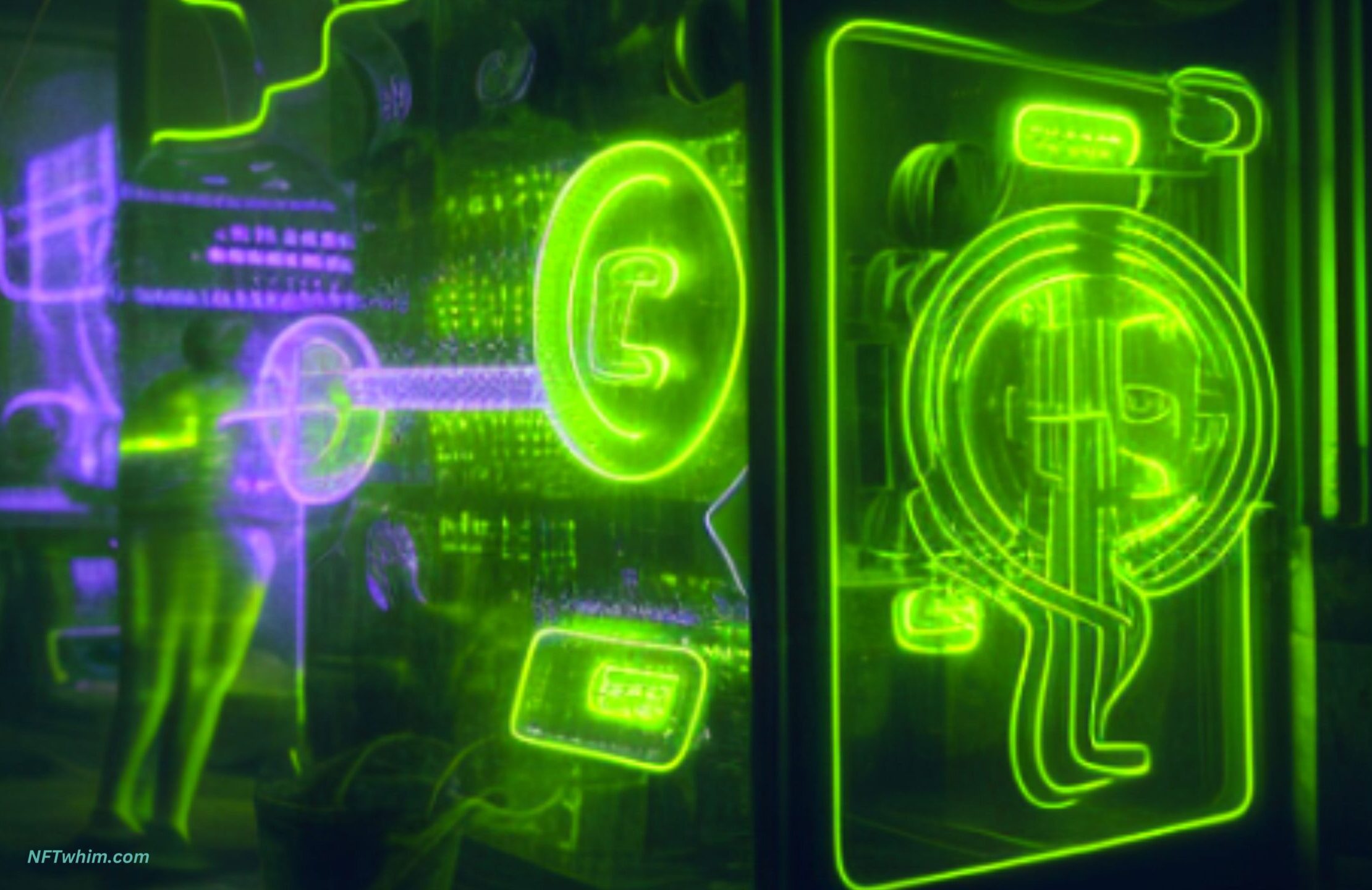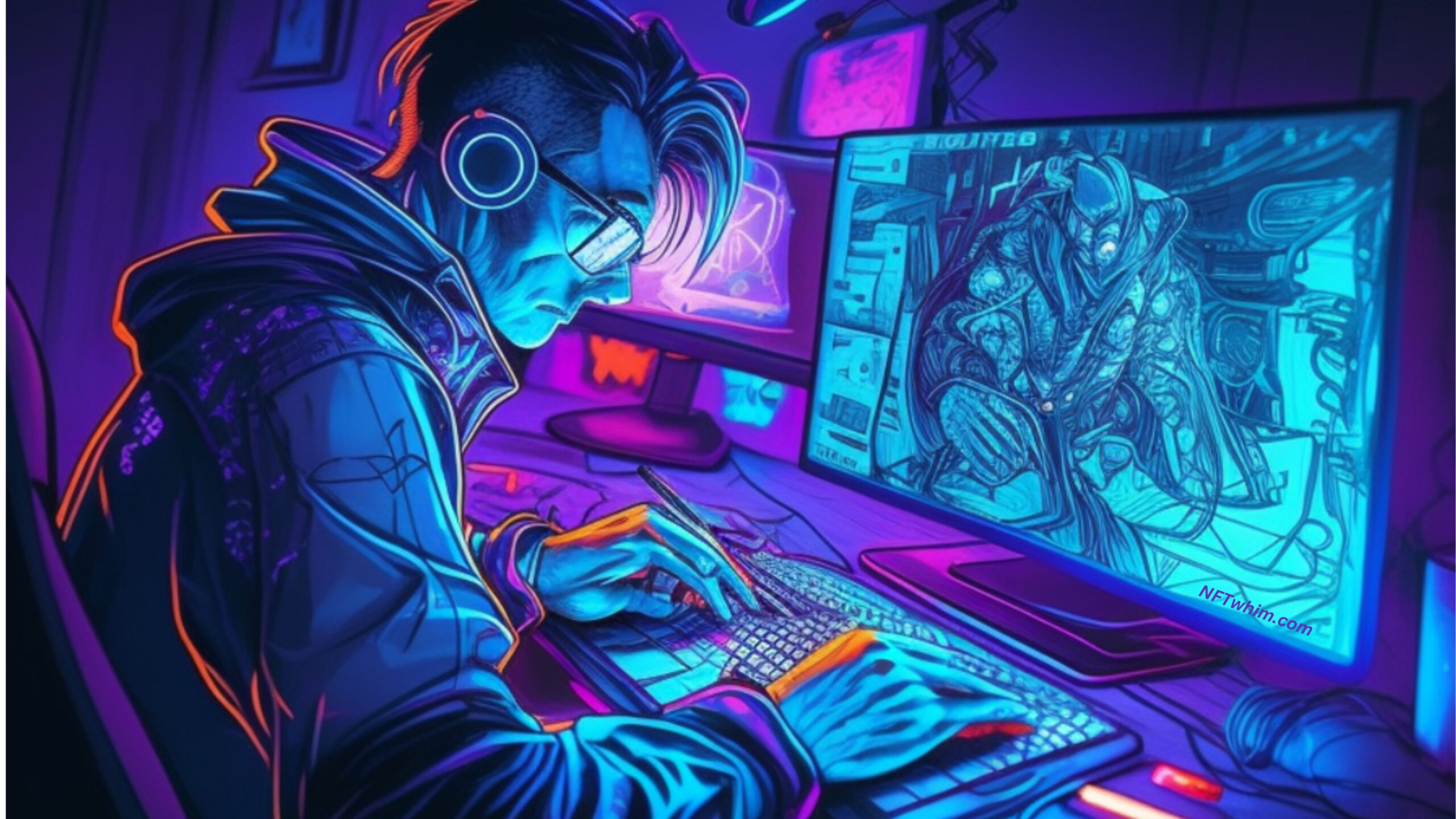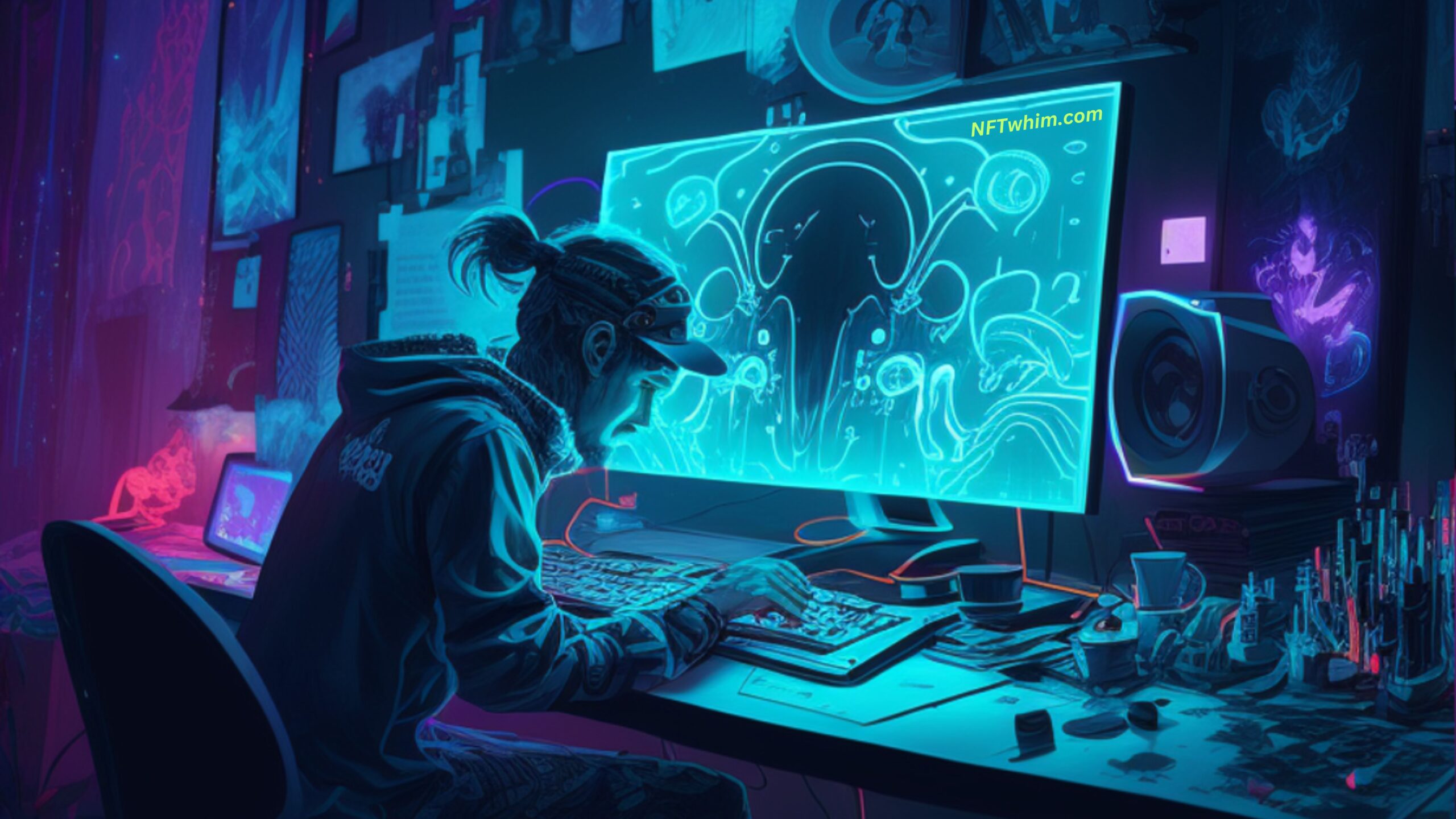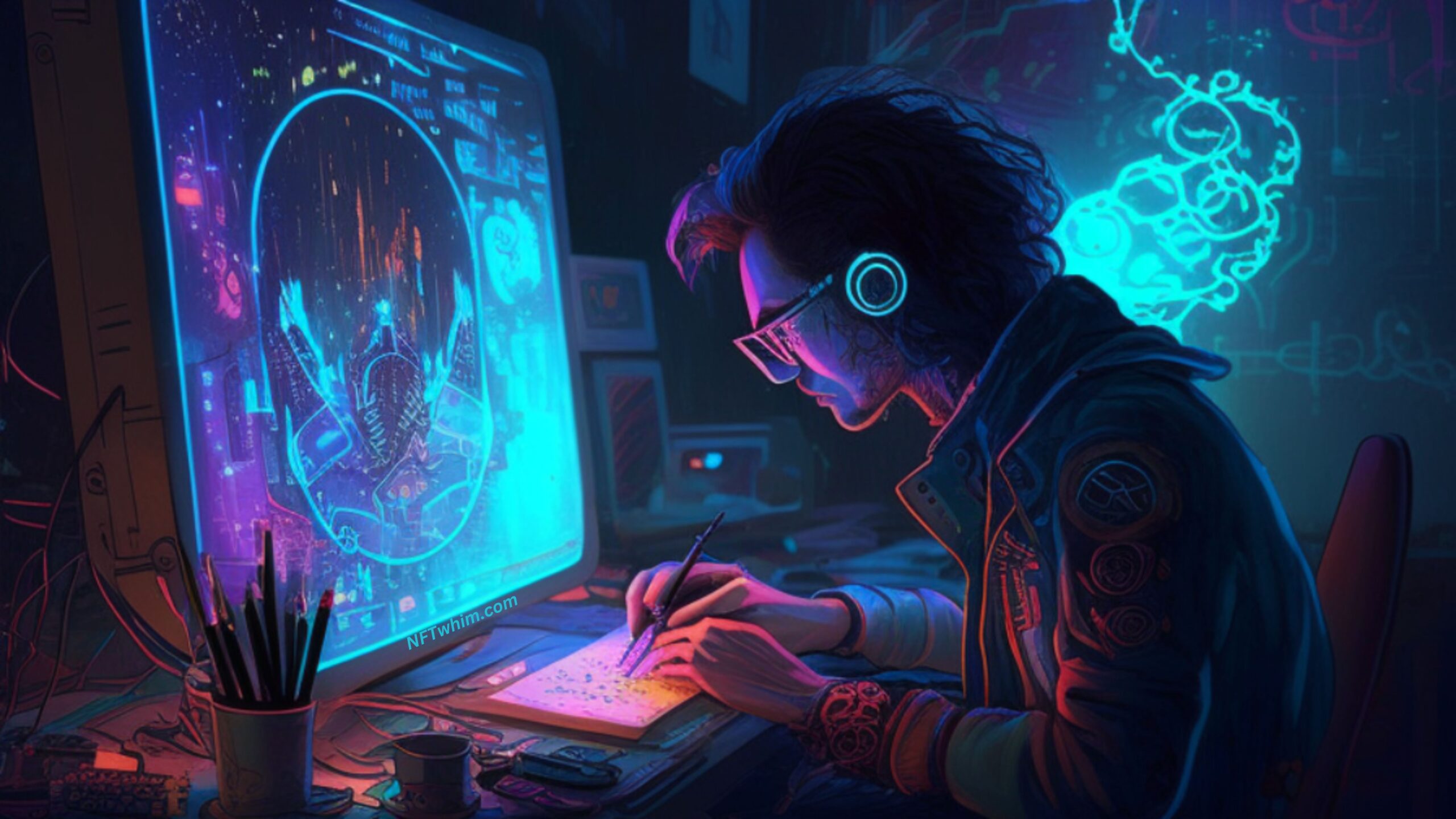NFTs (Non-Funglibe Tokens) are a new and exiting space, and as with any disruptive technology, a lot of questions come up as to what you can and cannot do with it. One such question that people often wonder about is whether any digital file can in fact be turned into an NFT.
Any digital file can theoretically be transformed into an NFT by attaching a digital certificate of ownership to the file and storing it on a blockchain. However, not all NFTs will necessarily have value or be in demand. Also, turning a digital file into an NFT could become a very complex process if the file format does not meet the requirements of an NFT platform.
So, as you can see, the short answer to whether any digital file can be transformed into an NFT answer is in fact “yes”, at least in theory. In this post we will explore what this means in more detail, what challenges you would face if you tried to turn a non-standard digital file into an NFT, and whether it would actually even make sense to do so.
Let’s dive in!

What does it mean that “any” digital file can be NFT?
What does it actually mean that any digital file can be turned into an NFT ? It means that theoretically, any digital file, whether it’s a simple text document, a photograph taken by a smartphone, a digital painting, a music composition, or even a tweet, can be made into an NFT. However, just because any digital file can be turned into an NFT doesn’t mean that every NFT will necessarily have value or be in demand!
In order for an NFT to actually have value, it needs to be unique and scarce enough to be considered a collectible or valuable asset. This means that a simple text document or a photograph taken by a smartphone may not necessarily be valuable as an NFT, while a special digital artwork or music composition could potentially be worth millions.

Why can any digital file be turned into NFT (and how)?
But why and how can any digital file be turned into an NFT then? Well, the key here is in the process of how you create an NFT:
When someone creates an NFT, they are essentially creating a digital certificate of ownership. This certificate is then attached to the digital file, whether it be an image, video, or even a tweet, and stored on a blockchain. This means that anyone can verify the ownership of the digital file by checking the blockchain.
So, as you can see, any digital file can be turned into an NFT in this way, because the process of creating an NFT is simply attaching a digital certificate of ownership to the file and storing it on a blockchain.
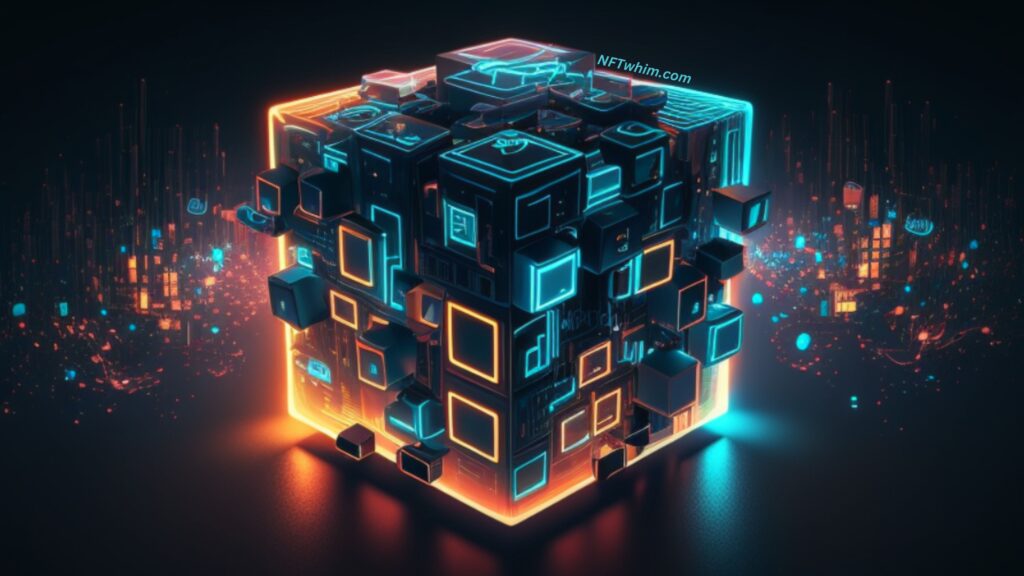
Challenges faced turning an “unusual” digital file into NFT
The easy way of turning a digital file into an NFT is to use an NFT marketplace or minting platform. However, the problem is that these platforms usually only accept NFT file formats that are conventionally used, such as PNG, JPEG, MP4, GIF and so on. They also typically have certain size limits to the file. For example, Opensea only accepts files up to 100MB.
So, if your file does not fit the requirements of any NFT platform, you will have to turn (or mint) you digital file into an NFT by yourself. This can be a very complex process, and how easy it will be for you depends on your knowledge and background skills. At a very minimum, you will need to have some basic programming skills to do this.
Thus, even though it’s technically possible to turn any kind of file into an NFT, it will not be a seamless process if you cannot find a platform that actually accepts your file format. So, this may not be a process worth embarking (depending on your circumstances). This leads us to the additional question of when it in fact makes sense to turn a digital file into an NFT. We’ll explore this issue more in the next section.
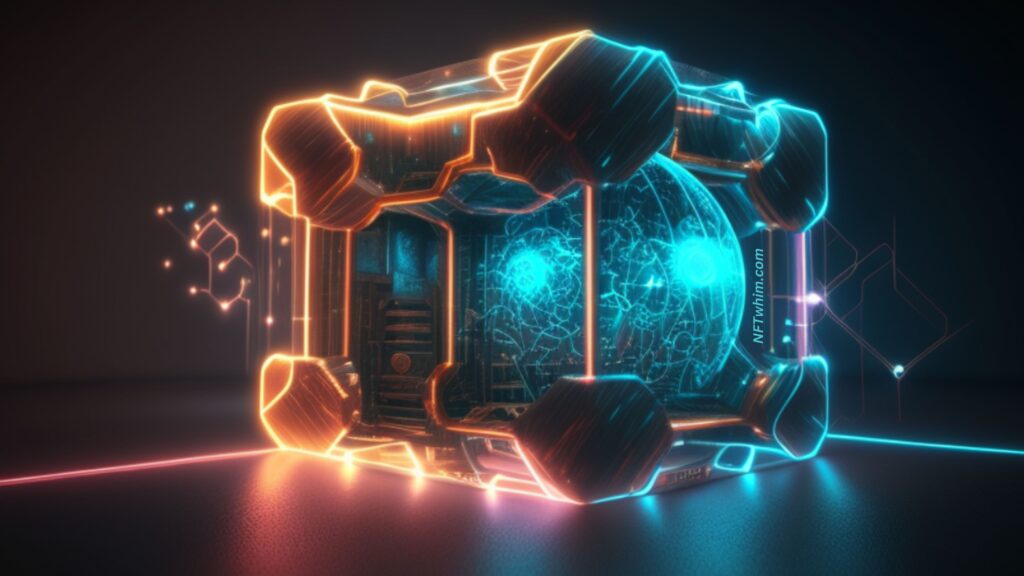
When does it make sense to turn a digital file into NFT?
Whether it indeed makes sense to turn a digital file into an NFT will depend on your goals and the nature of your digital asset. However, here are a few scenarios where it indeed makes sense to consider creating an NFT:
- You want to monetize your digital art.
If you’re a digital artist, creating NFTs can be a way to monetize your work and generate income. By creating a unique digital asset and selling it as an NFT, you can ensure that you’re the only person who can profit from that particular piece of art. This can be especially valuable if you’ve built a following on social media or other platforms and have a strong online presence.
- You want to prove ownership of a digital asset.
If you’ve created a digital asset that you want to prove ownership of, an NFT can provide a way to do so. By creating an NFT and storing it on the blockchain, you can establish a permanent record of ownership that can’t be altered or disputed. This can be especially valuable if you’re dealing with intellectual property or other types of digital assets that have value.
- You want to add value to a digital asset.
If you have a digital asset that already has value, creating an NFT can add an additional layer of value and prestige. This is because NFTs are unique and represent ownership of a one-of-a-kind item. This can be especially valuable if you’re dealing with rare or collectible digital assets, such as rare in-game items or digital trading cards.
- You want to participate in the growing NFT market.
Finally, it might make sense to create an NFT simply to participate in the growing NFT market. As more and more people become interested in NFTs, there’s likely to be increasing demand for unique digital assets. By creating an NFT, you can position yourself as a creator in this space and potentially generate income from sales.
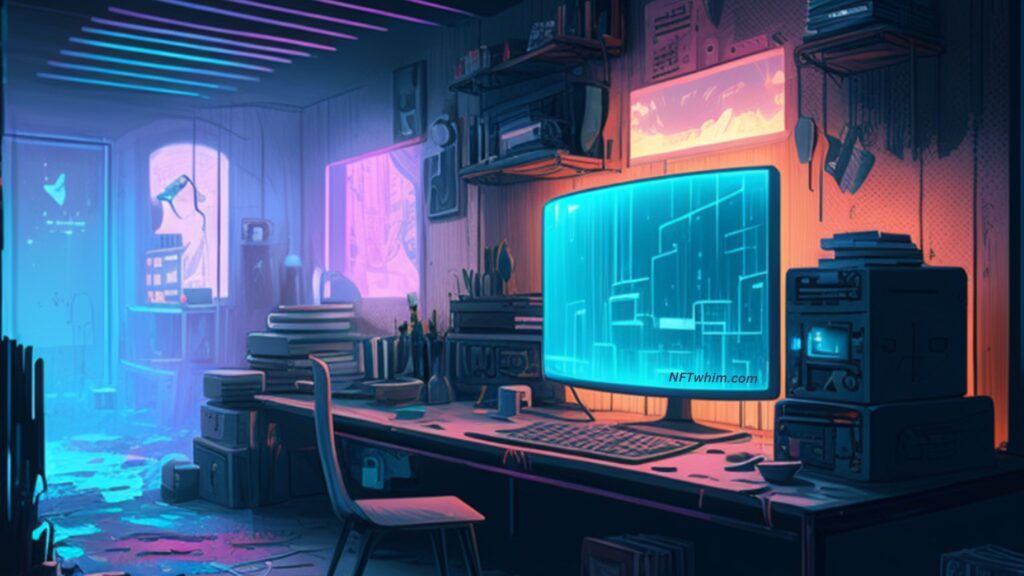
Conclusion
Overall, the short answer to the question of whether any digital file can be turned into an NFT is a “yes”, at least in theory.
Whether you’re an artist, a creator, or a collector, the world of NFTs offers new opportunities to explore and create. While there are still challenges and limitations to be addressed, it’s clear that NFTs are changing the way we think about ownership in the digital world, and the possibilities are indeed endless…!
Robin
Author: Robin Olsson
Author Bio: I’m Robin and on this website, I share everything I’ve learned since getting into NFTs in 2021. I have a background in research and I’ve been in crypto for several years. You can read more about me here.
